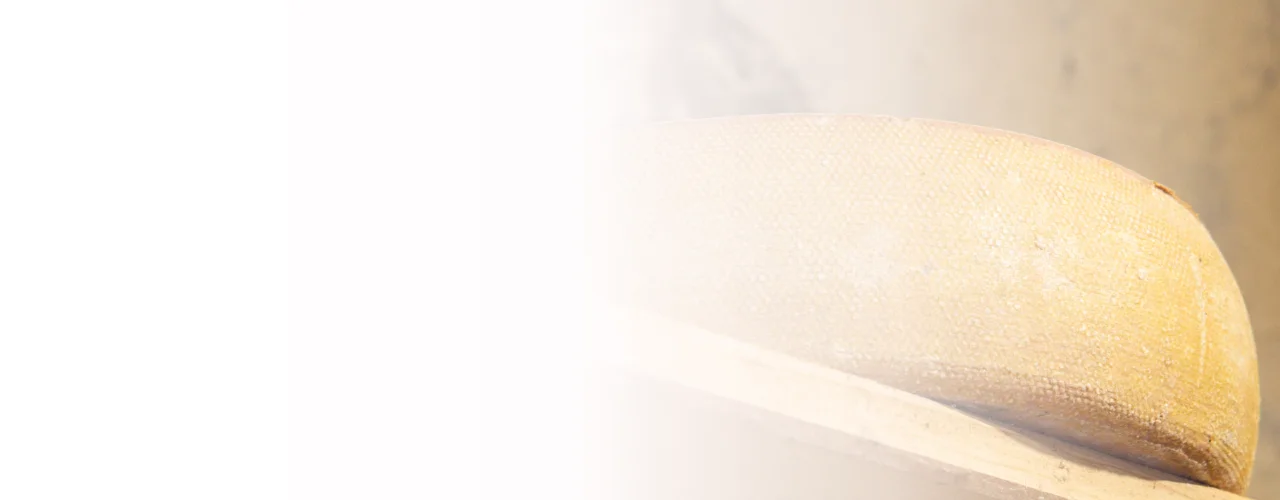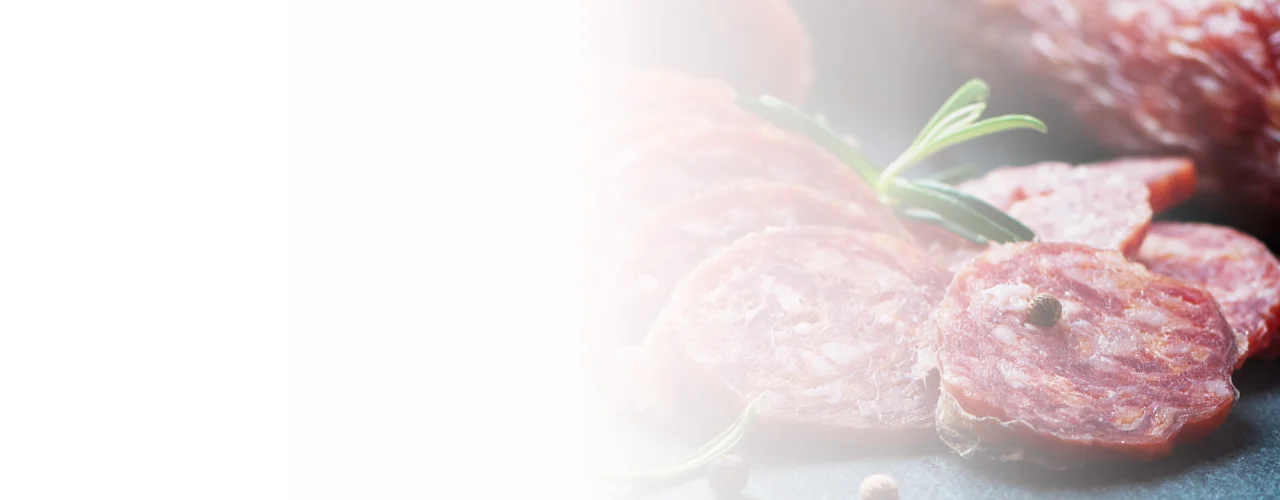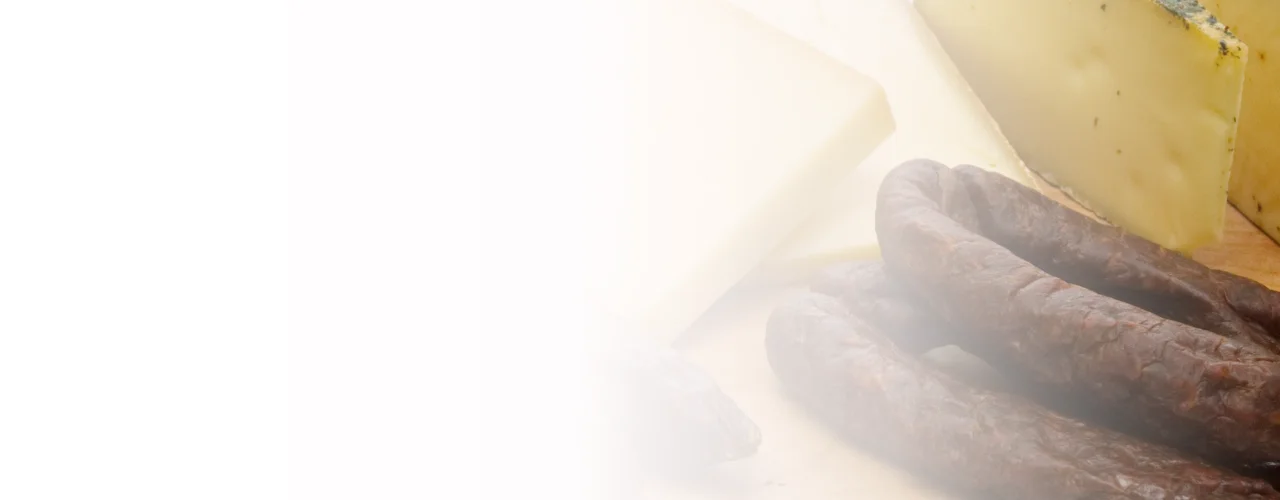Hard cheese | Mountain cheese
Semi-hard cheese











webdeals is a shop cloud. The network of modern, specialized webshops with a thematic focus. WEBDEALS » this is where you get discovered!
The real bedstraw is a perennial. It reaches a height of approx. 10 – 70 cm. The stem is at least above clearly square and carries numerous leaf whorls to 6 – 12 leaves.
The leaf tops are very shiny and the leaf edge is rolled down. Like the stem, the undersides of the leaves are short-haired and matt. The perennial leaves are very narrow – linear, needle-like, only up to about 1 mm wide and up to 15 mm long.
The small, honey-scented flowers have four golden yellow petals. They are grouped into dense, narrow panicles at the stem ends.
Best cheeses due to selected alpine herbs and meadow herbs. We ♥ cheese!
The real bedstraw has a relatively large amplitude at various locations. It ranges from dry grasslands to meadow meadows with low moisture content and moistened meadows with whistling grass. However, calcareous soils are preferred. The species is regarded as a lean indicator with a rather low feed value.
The plant adapted to drought is a popular bee pasture with main flowering during the summer months.
The popular name bedstraw refers to the mostly historical use of the plant in cheese production. The Labkraut species contain the ferment rennet, in the case of the real Labkraut up to 1%.
The plant is also used in folk medicine. Above all, it is used as a diuretic and for skin diseases. However, there is no scientific confirmation of the effect. It is rarely used as a colorant, the flowers turn yellow (cheese) and the roots turn red.
Back to the Hay Milk WikiRehmocta® cheese
Mountain cheese
We use cookies to give you the best online experience. By agreeing, you accept the use of cookies in accordance with our cookie policy. Further surfing in the web shop automatically leads to approval.

When you visit any web site, it may store or retrieve information on your browser, mostly in the form of cookies. Control your personal Cookie Services here.